Apple's latest developer release cycle says a lot about where the company is steering its software. While Bloomberg's Mark Gurman got it right when he predicted iOS 26.2 would arrive "as soon as Tuesday," the reality is more nuanced than the headline suggests. What we're seeing is a coordinated, staggered push, with iOS 26.1 launched to users on Monday, 2025-11-03 (America/Chicago) while macOS Tahoe 26.1 is currently rolling out with its own slate of changes.
The timing reads like a company comfortable juggling multiple lifecycles, quality first, speed where it counts.
What's driving Apple's accelerated development cycle?
Apple's confidence comes from a refined pipeline and a competitive mobile market that never sleeps. The quick pivot from iOS 26.1's public release to chatter about 26.2 shows how tuned their process has become.
Here's the key beat. iOS 26.2 is expected to reach public users in December 2025 (unconfirmed; currently in developer beta), which creates a tight, workable window. Enough time for betas to shake out bugs, enough momentum to keep features moving. The pace points to improvements waiting in the wings, with ecosystem integration and AI capabilities front and center.
Zooming out, iOS 26.2 represents another opportunity for new features to debut and to lay more of the foundation for cross-platform experiences that feel smarter, not just newer.
Meanwhile, macOS Tahoe 26.1 delivers substantial improvements
While iOS sprints, Mac users get upgrades they can touch today. macOS Tahoe 26.1 brings several user-facing features along with groundwork preparation for upcoming AI enhancements, and some of them are sneakily meaningful.
The most visible shift is the new appearance customization system. Users can now choose between the standard Liquid Glass appearance or switch to a Tinted mode. The visual changes are subtle on macOS, they become more noticeable on iPadOS and iOS, which fits Apple's habit of keeping the Mac calm while letting mobile lean into color and light.
Under the hood is where the big bet sits. Apple has integrated MCP (Model Context Protocol) support across macOS, iPadOS, and iOS, infrastructure that opens the door to richer AI interactions across the ecosystem. Most people will not see it today. They will feel it later, in faster workflows and smarter automation.
There is polish too, the kind that hints at a larger design turn. There's a slightly tweaked Macintosh HD icon that cuts visual noise, and an updated Apple TV app icon that introduces hints of Apple's promised new, more vibrant design language. Small, yes. Also telling.
Image Playground gets meaningful upgrades as well, with changes laying groundwork for support of third-party image generation models beyond ChatGPT. More partners, more creative latitude, same cohesive shell.
Why MCP integration represents a strategic shift
Let's sit with MCP for a moment. MCP is an open standard developed by Anthropic that allows AI models to interact with user-facing platforms and tools.
Think of it as a universal translator for AI services. Instead of every provider bolting on one-off integrations, the standard gives everyone a common language. Users get smoother AI interactions across apps and services. Developers get less friction when adding AI to their software.
Apple embracing this open standard signals a more interoperable stance than many expected. Not a walled garden, a carefully pruned one. Multiple AI providers can plug in, Apple still curates the experience. That balance lets the company ride industry-wide AI progress without losing the feel of the ecosystem.
And when Apple Intelligence stretches further across apps in future updates, much of that reach will sit on the groundwork in Tahoe 26.1.
Understanding Apple's platform-specific development strategy
The current rhythm, fast iOS iteration alongside fuller macOS updates, matches the different audiences and stakes. iPhone users have embraced quick drops and frequent polish. The Mac skews toward stability and strong foundations, especially for people doing work where reliability beats novelty.
The emphasis on AI infrastructure in this macOS release says it plainly. Ship the scaffolding first, then the showpiece. It is the difference between a great demo and technology that survives real workloads.
That patience is not neglect. It is strategy. Apple has been burned before by rushing big swings that caused confusion or hiccups, so the company is investing in stonework before building higher.
Looking ahead: what this means for Apple's ecosystem
Apple's current cadence feels sustainable. iOS keeps the rapid feature tempo. macOS banks durable improvements that unlock bigger moves later.
Put the pieces together and a picture forms. MCP support as the connective tissue. The evolving Liquid Glass look as the visual throughline. As these mature and link up, expect smoother AI handoffs, tighter cross-platform moves, and, yes, a few surprises.
The smart part is the split timeline. Tweak where velocity helps, slow down where sturdiness matters, then meet in the middle. As iOS and macOS keep iterating on their own clocks, the real win will come from how well these separate advances click into one another across the ecosystem.
That coordinated, flexible approach sets Apple up for the next phase of computing, where AI, integration, and relentless polish decide who leads.




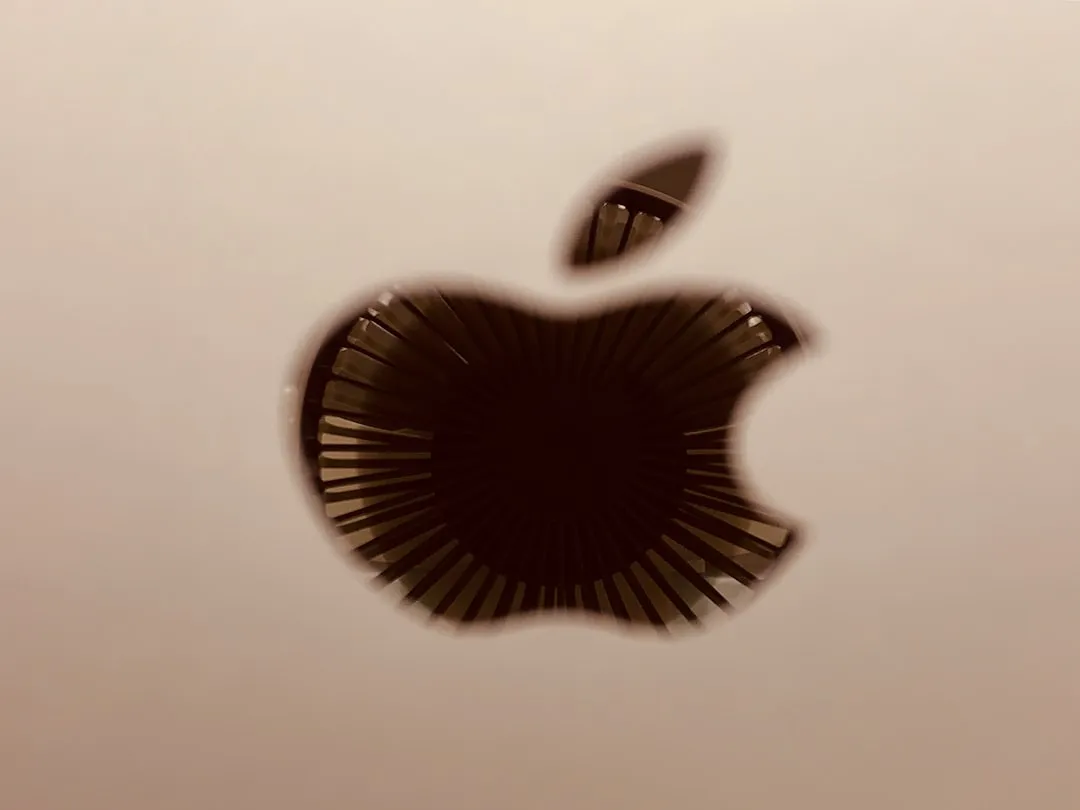
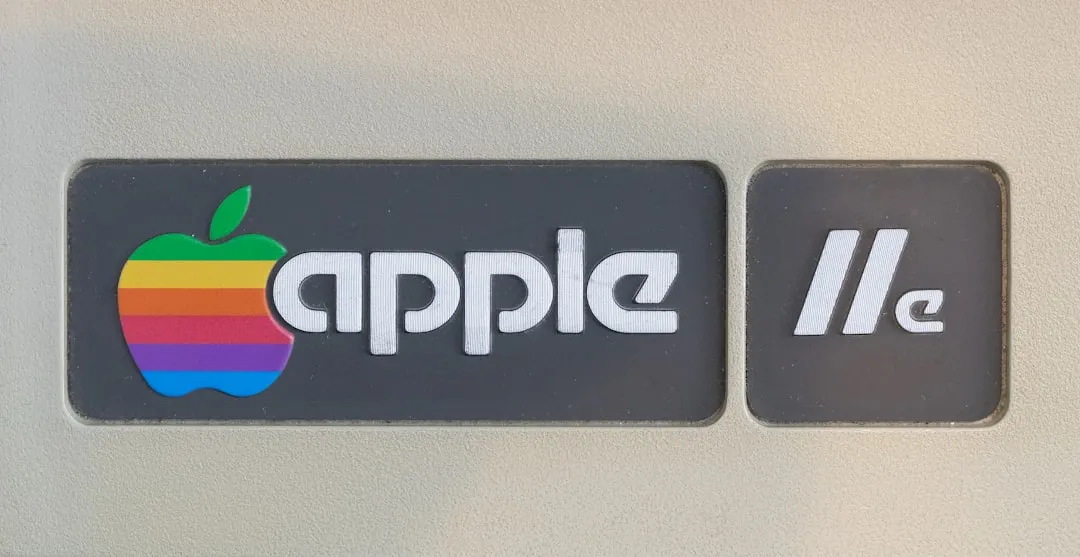



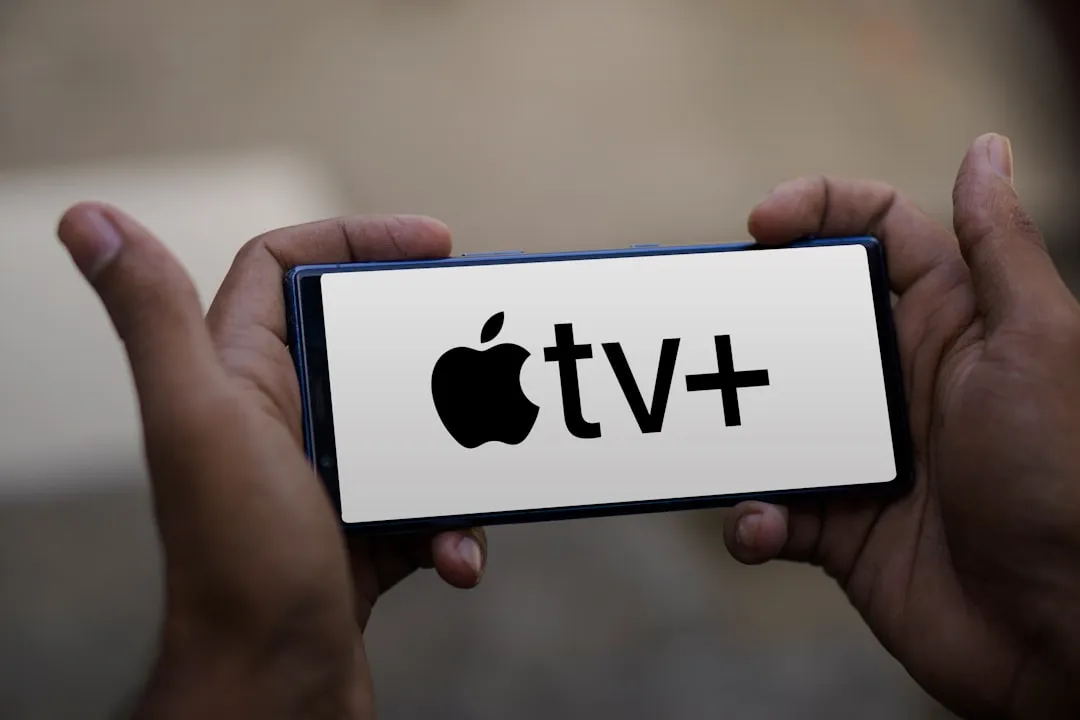
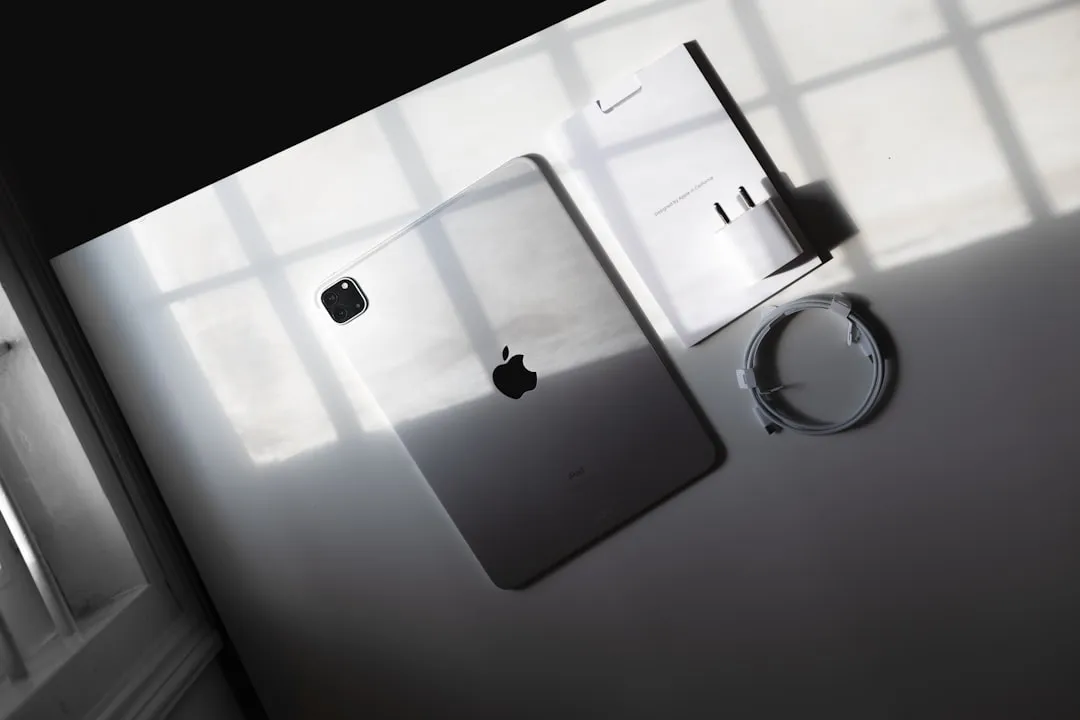




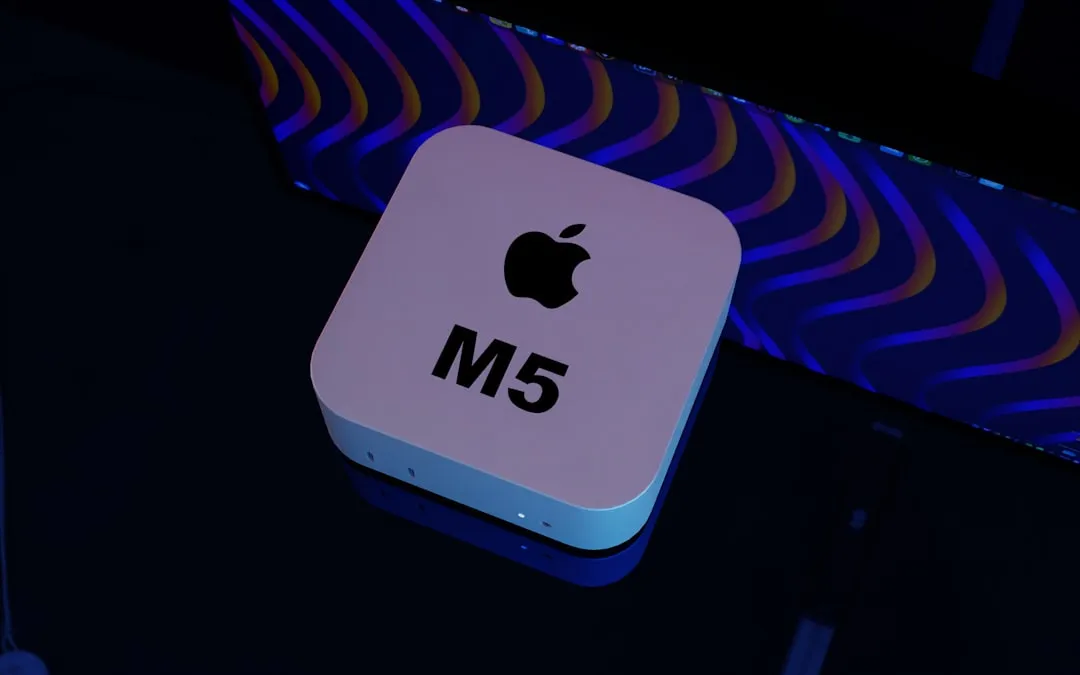
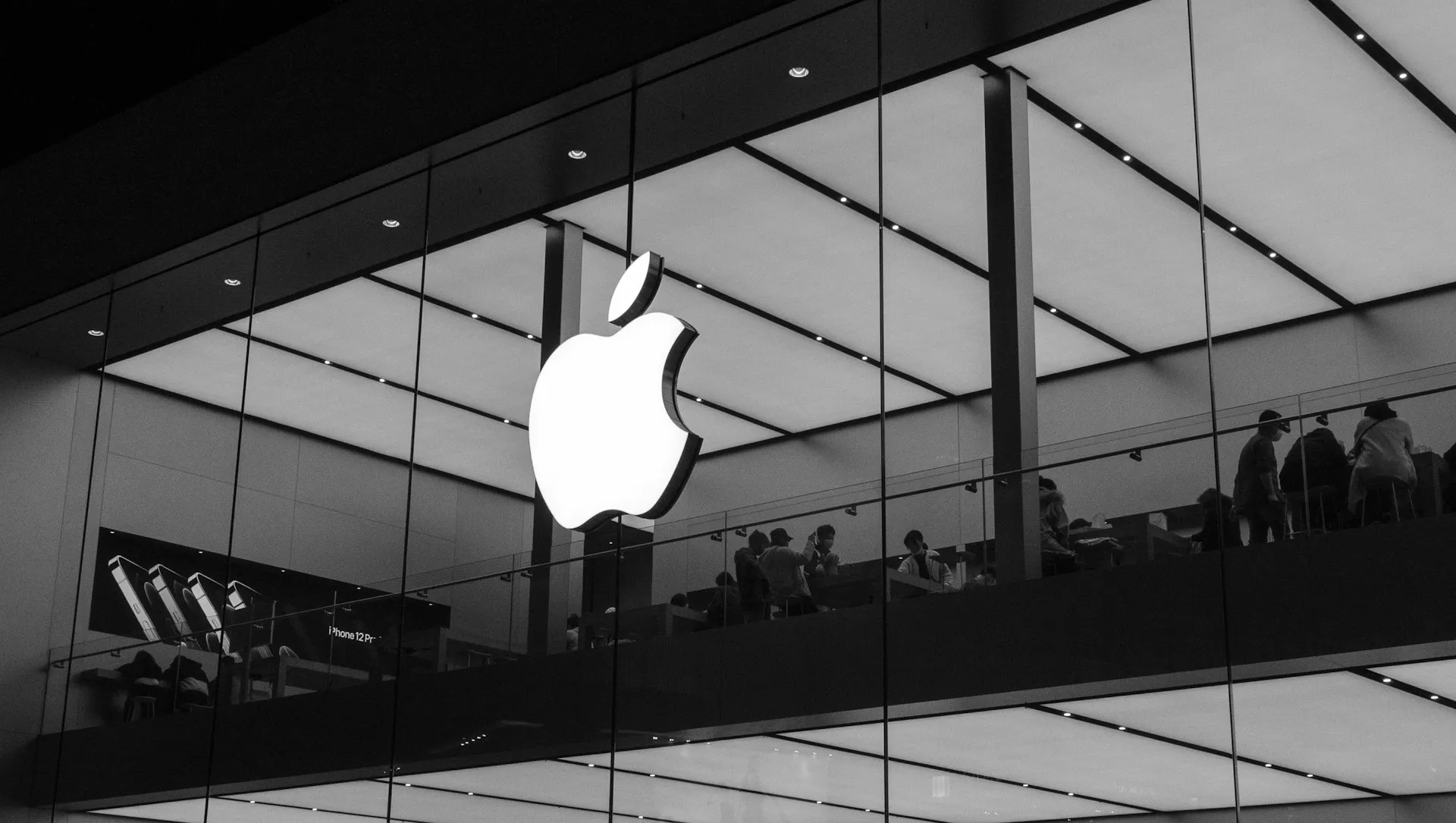

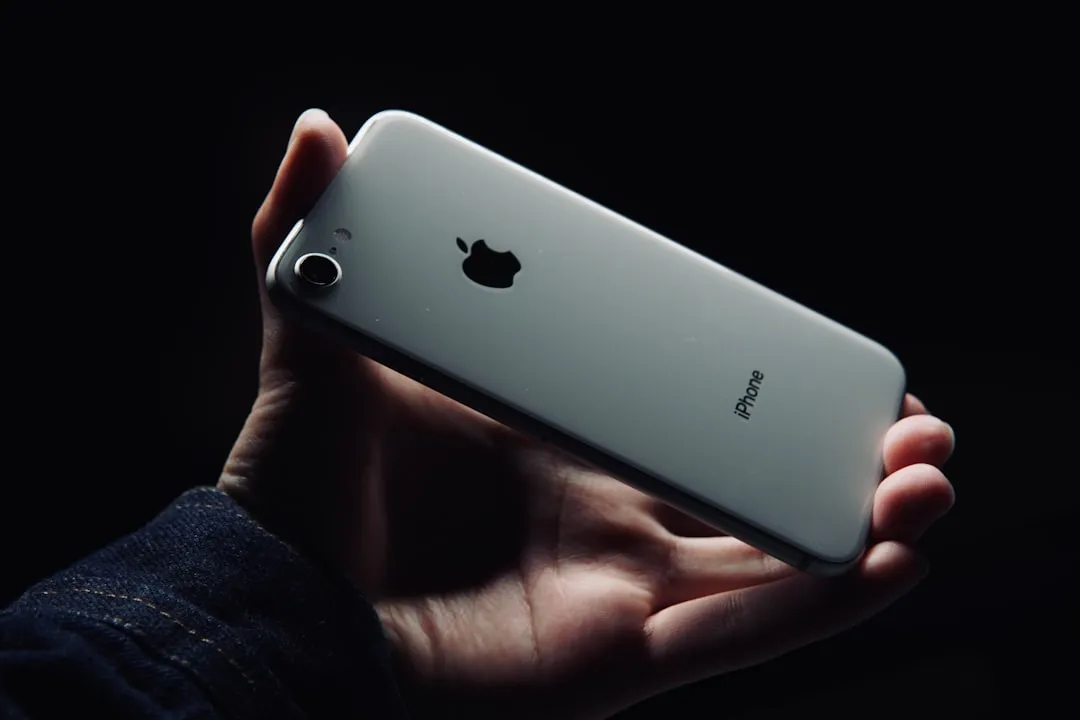

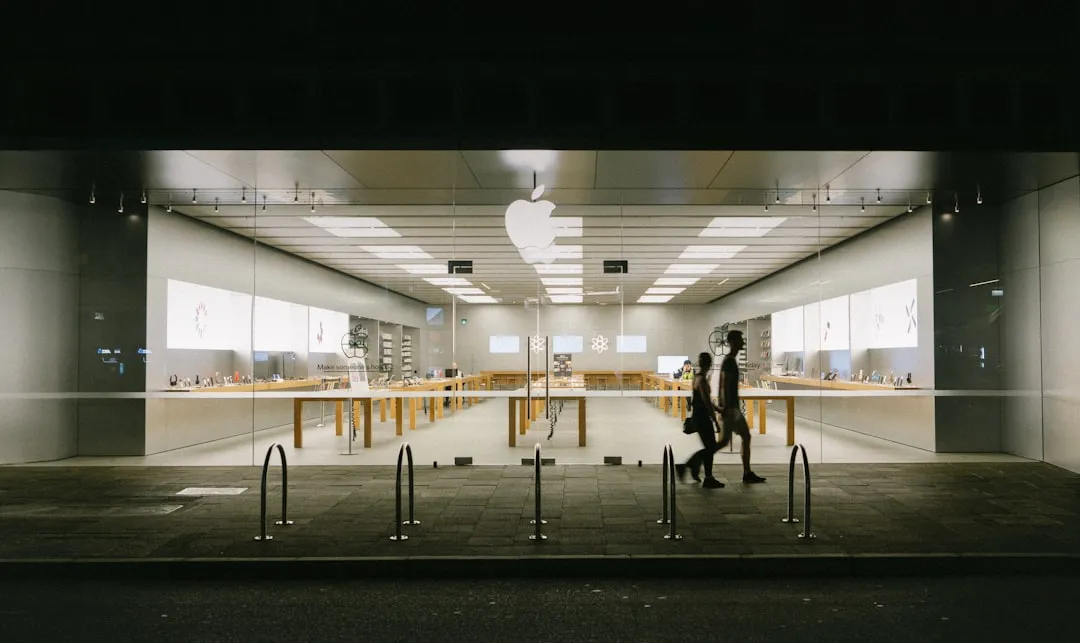

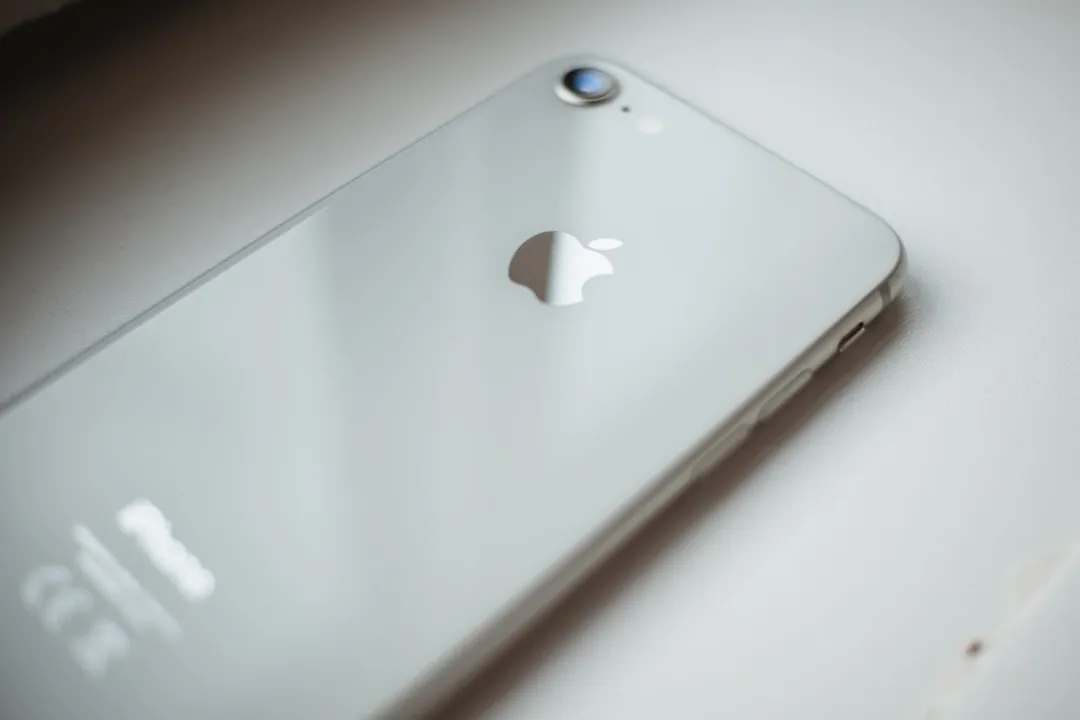
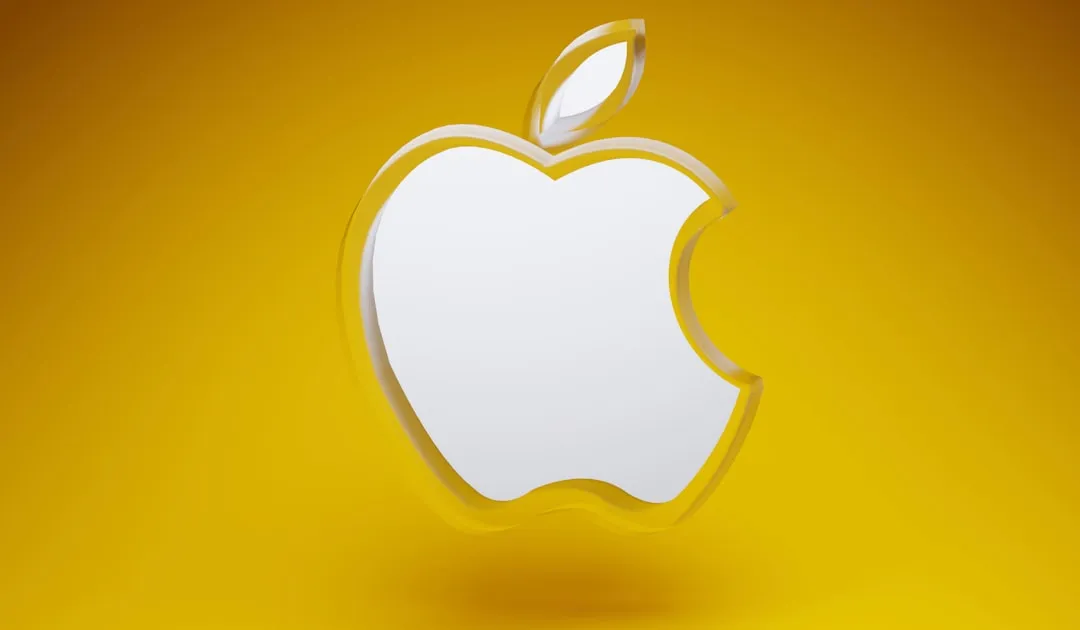
Comments
Be the first, drop a comment!